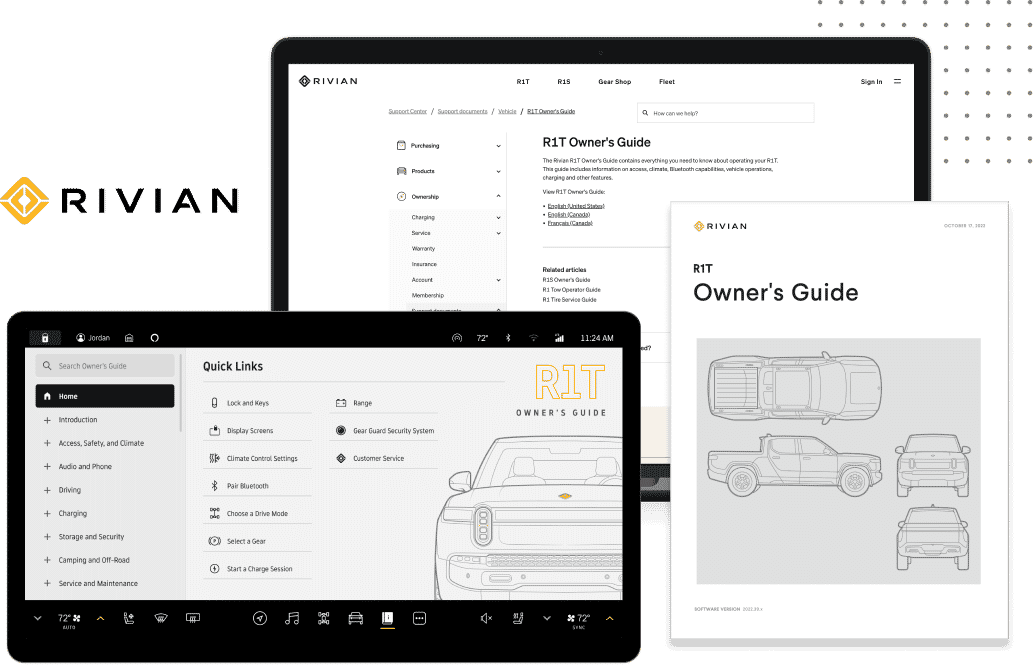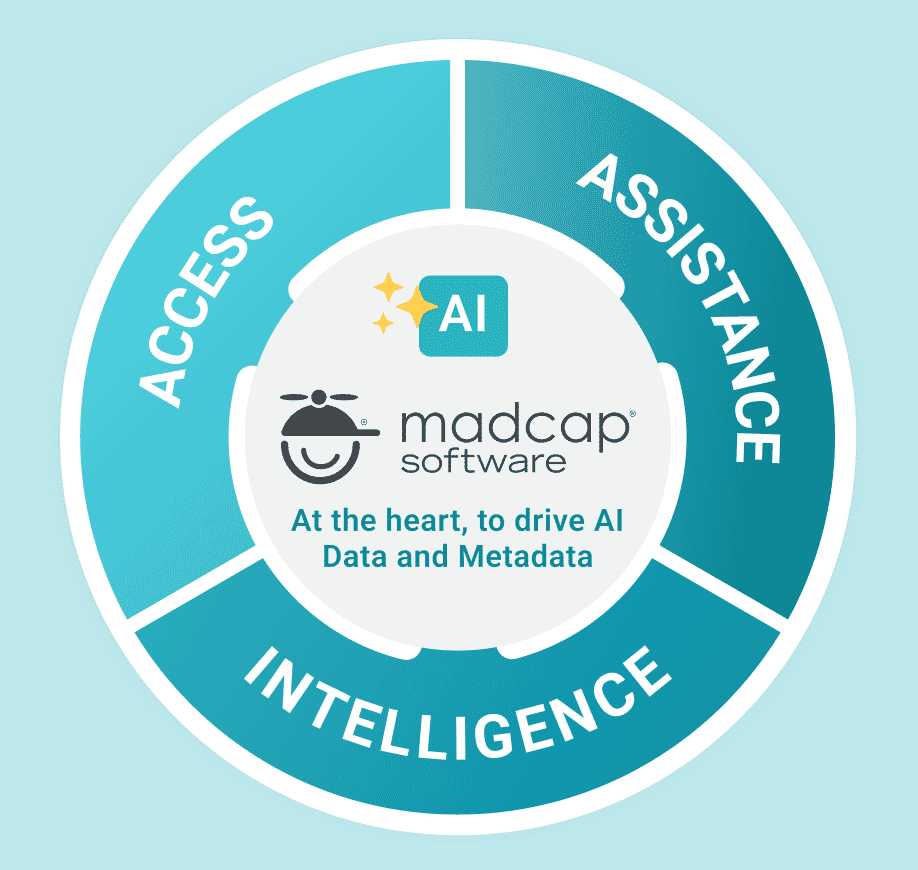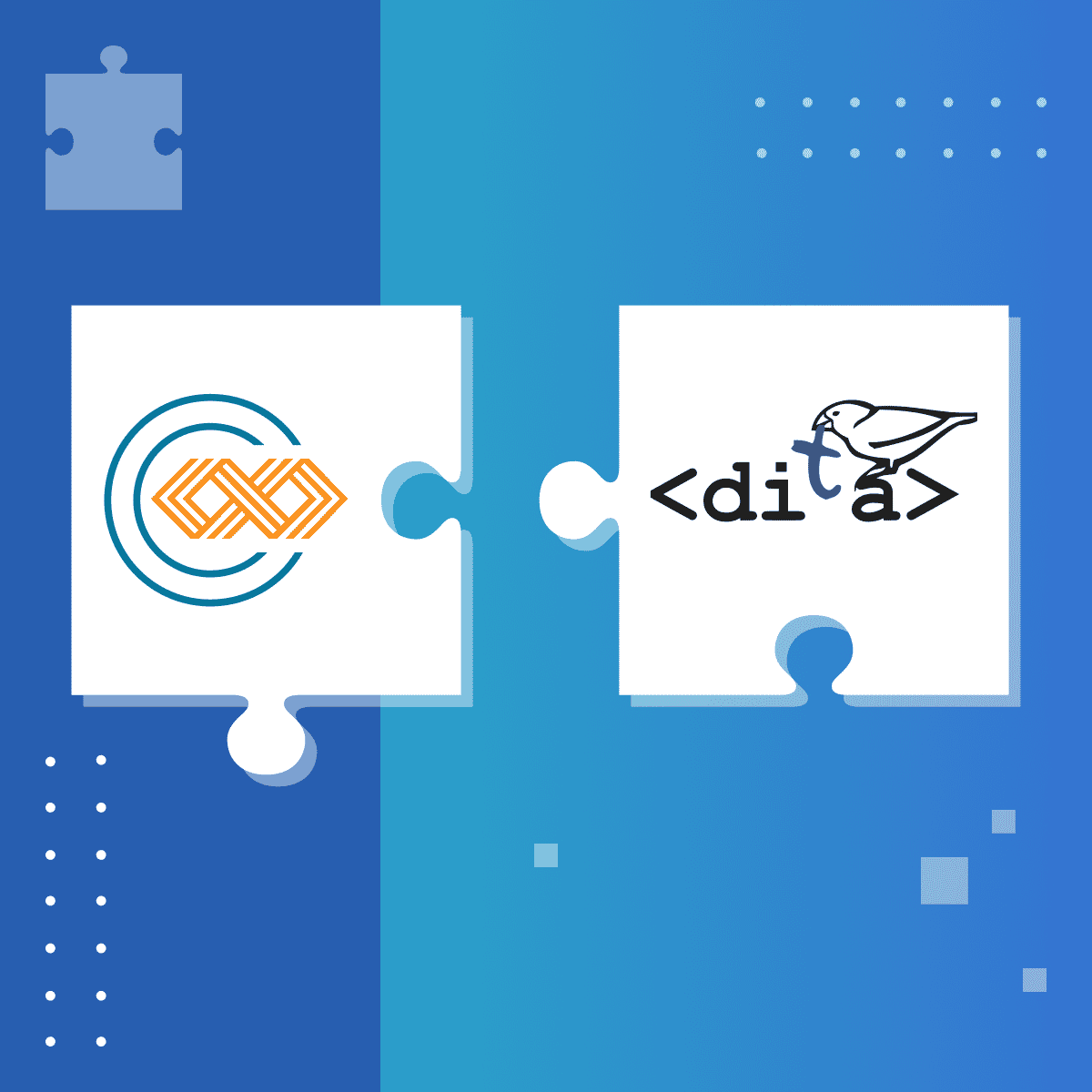The Problem with Folder-Based Systems
Folders have the limitations of physical filing cabinets. They offer a one-dimensional structure where each document can reside in only one location. This allows teams to choose between duplicating files or limiting access, which creates version issues and confusion.
Folder systems rely heavily on human memory and logic. One employee might file a “Sustainability Report” under “Marketing Projects,” while another expects to find it under “Environmental Reports,” causing inefficiency and frustration.
As organizations grow, these systems become increasingly unwieldy. Navigating and maintaining large folder structures can be time-consuming and increase the risk of errors and outdated information.
The Power of Search
A robust search system improves content discovery by indexing file contents and metadata. For example, searching for “Q4 2024 budget” surfaces the correct file instantly, even if it is buried deep within folders.
However, while search reduces manual digging, it cannot overcome the structural shortcomings of folders. There’s no built-in connection between related files, and content relationships are not managed systematically.
When shopping on Amazon, where millions of products exist, you don’t scroll through folders labeled "Electronics" > "Computers" > "Laptops" to find what you need. You enter a search term like "lightweight laptop." Then refine the results using filters like price, brand, or screen size.
The system surfaces relevant results based on product metadata and relationships, not folder paths. That same principle applies to intelligent content systems: users find what they need faster through search and filtering, rather than guessing where a document might be filed.

Why Choose a CCMS?
A CCMS organizes information into modular components and defines relationships between them, creating a dynamic, interconnected content network. Searching for “onboarding” might return HR policies, training materials, and IT setup guides—all automatically linked to that process.
Unlike folders, a CCMS scales elegantly. As data grows, relationships deepen rather than complicate navigation, supporting future expansion without creating clutter.
Transforming Organizational Efficiency
Adopting a CCMS like MadCap Software IXIA CCMS delivers significant operational benefits:
- Improved discovery: Employees quickly locate needed information, saving hours each week.
- Enhanced collaboration: Centralized content reduces duplication and streamlines teamwork.
- Reduced risk and cost: Metadata-driven retention and governance minimize compliance risks and storage inefficiencies.
Automating Governance and Compliance
IXIA embeds governance controls directly into content workflows, automatically applying retention, versioning, and access policies. For example, when a new component is created, metadata-driven rules ensure proper approvals, tracked revisions, and managed permissions.
This automation not only improves efficiency, but also supports compliance with regulations, such as GDPR, through systematic purging of outdated content.
Best Practices for Success
While the benefits are clear, transitioning from folders to a CCMS requires thoughtful change management. Migration planning, training, and clear governance policies are essential to ensure smooth adoption.
To maximize structured content benefits, organizations should:
- Adopt metadata organization: Tag content with meaningful identifiers, such as project names, client IDs, and content types.
- Maintain strong version control: Ensure a single source of truth to avoid confusion and ensure audit awareness.
- Manage the content life cycle: Implement policies for content maintenance and archiving.
- Enable applicability editing: Allow seamless editing and reuse of content components.
- Embed role-based access: Define permissions to protect sensitive information and maintain security.

Benefits for Content Creators
With a CCMS, writers and information developers can break content into reusable modules that can be easily updated across multiple outputs, including manuals, FAQs, training materials, and more. Updating a product name in one component automatically updates every document that references it.
A shared, centralized content source eliminates version confusion and fosters real-time collaboration. Instead of maintaining parallel copies, teams work on live content, which reduces errors and saves time.
By moving to a CCMS like IXIA CCMS, organizations unlock new levels of clarity, efficiency, and collaboration. With automated governance, modular content, and advanced search capabilities, IXIA CCMS transforms content chaos into clarity and control, enabling teams to focus on delivering value rather than managing documents.
Ready to tame your content? Discover how IXIA CCMS can empower your strategy.










